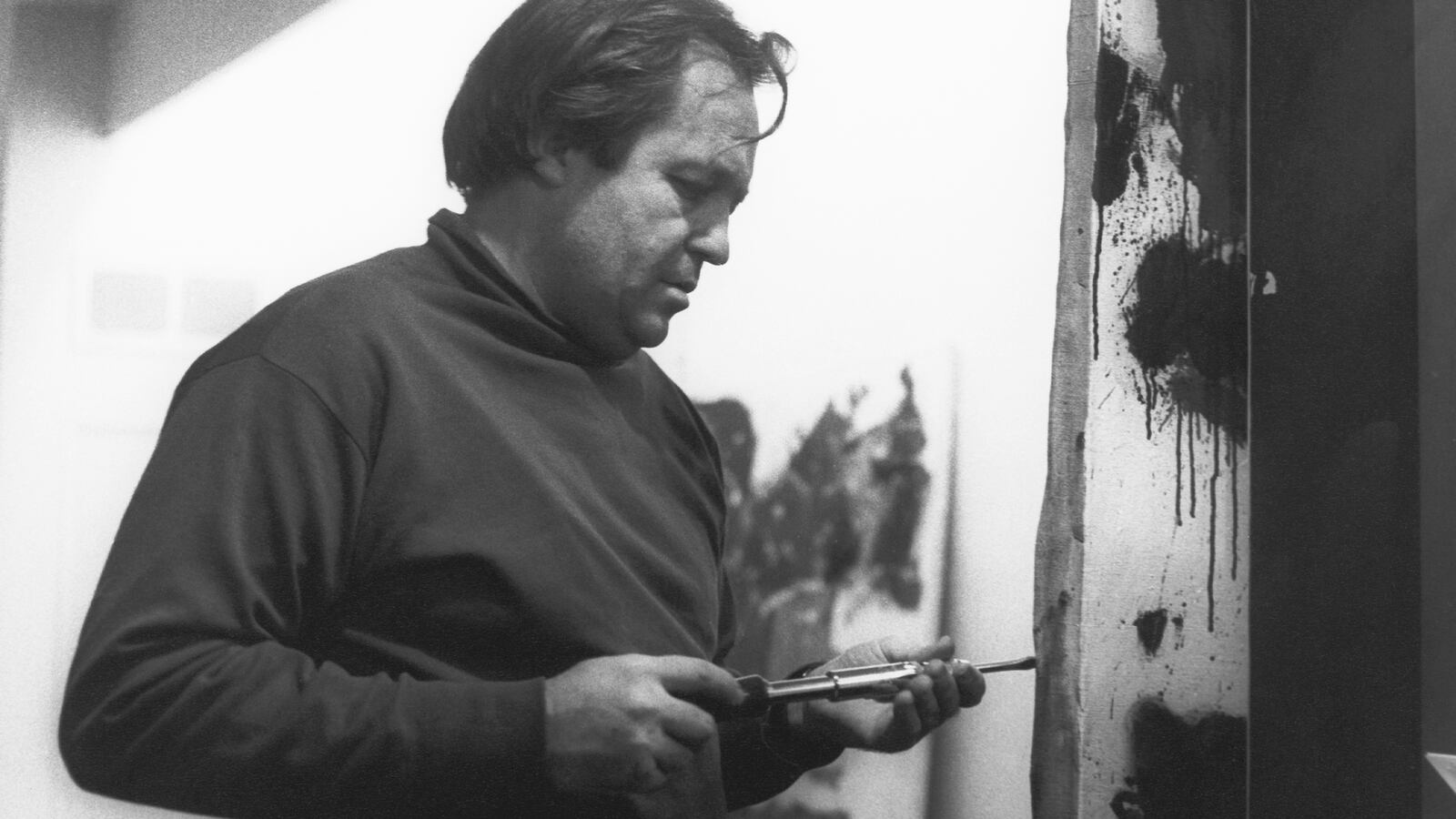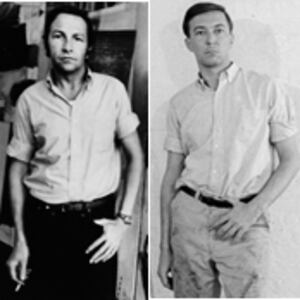At a recent dinner party, when the woman sitting across from me asked about my work, I said I’d just finished writing a biography of the American painter Sam Francis. Assuming that she, like most people outside the art world, wouldn’t recognize his name, I explained he was famous as a globe-trotting artist with studios on three continents. He brought Abstract Expressionism to Europe and then Japan. Back in the late 1950s, his luminous paintings commanded higher prices than Picasso’s.
However, fame and stature were not the focus of her inquiry. She leaned in close, fixed me with a stern gaze, and said, “Why write about a man? I hope your next book will be a woman’s story.”
Because I’m a woman? I wanted to ask. Must I write only about my own gender?
While I took offense, her suggestion was perfectly reasonable, even necessary. Because it’s true, writing about a woman might help even the score. Women are still underrepresented in history, especially in art history, a discipline established by men in 19th century Europe. During the period Francis painted—the raucous, abstract, boys club of the mid-20th century—the work of female artists was diminished or ignored. Even today, the disparity continues. A painting by a woman will sell at auction for substantially less than similar work by her male counterpart—42.1 percent lower, according to a recent study published in the Review of Financial Studies. In the most current edition of H.W. Janson’s canonical art history text, A Basic History of Western Art, only 27 out of a total of 318 artists are women. This is progress. In 1980 that same book included none!
Back in 2015, when I began researching my book, the lens of the art world was starting to widen (albeit slowly) to include women, non-white, and non-Western artists. For the six years I researched and wrote, a period that coincided with the #MeToo movement, I asked myself a version of my dinner partner’s question many times. Why was I, a female in the 21st century, interested in writing a biography of a male artist? Though this would be the first full-length biography of Francis, I couldn’t help but wonder whether my focus somehow contributed to what the art critic Linda Nochlin described in her infamous 1971 essay "Why Have There Been No Great Women Artists?" as perpetuating “white Western male viewpoint as the only viewpoint.”
One of Nochlin’s central arguments, one that shaped my thinking as is relevant to the discussion of any historical field, is that it is not enough to rehabilitate the critically neglected or forgotten. It is not enough, as my dinner partner suggested, just to focus on the unknown woman. Our ideas of greatness are based on fabulist creation stories mostly written by men. It is these ideas that need to be re-examined and questioned—specifically, in the case of art history, that mythical God-like figures create great works of art.
Francis’s story, one that I’d heard as a child, was a near-perfect illustration of this belief. A friend of my father’s, Francis was known in our home as the airplane pilot who crashed out of the sky, rose from the fiery wreckage of his airplane, taught himself to paint, and was reborn as an artist who depicted the heavens. Though as a child I’d loved this mythical tale, even then there was something that didn’t ring true.
Initially, I’d set out to unravel Francis’ dramatic life. At 12, he lost his mother, then accidentally shot and killed his best friend in an April Fool’s joke gone horribly, tragically awry. In his twenties, suffering from spinal tuberculosis, he taught himself to paint while encased for three years in a full-body plaster cast. I wanted to know how this artist transformed grief and pain into luminous, euphoric paintings—because he did. He recovered and went on to marry five times, to live in post-war Paris and contemporary Tokyo. To eventually settle in Los Angeles and help establish one of the first contemporary art museums in the country.
However, a year into my research, I discovered that much of the information that had been repeated for nearly half a century was false. Francis lied about crashing his plane, and all the male art historians who wrote about him repeated this false story. This surprising turn of events was where Francis’ life became richer and even more interesting to me. I wanted to understand why truth morphed into fabrication. His personality, successes, messianic achievements, and self-mythologizing embodied the inflated sense of superiority prevalent in the booming expansionism of postwar America.
Growing up, I’d met Francis, and our home was filled with his monumental paintings. My father was an art historian and part of the same art-world boys club as Francis. Like Francis, he married five times. Theirs was a world that was both intimate and strange to me—a world I was close to, next to, but not inside. Not being a male, not being an artist, I’ve spent my life in a realm that is barely separate yet emphatically other. It was this very contradiction—the desire to get under Francis’ skin, but as a woman—that I wanted to explore. Who were these men who shaped not just my history but the history of 20th-century art? Who were they really?
By its nature, biography examines lives from the outside looking in. I would argue that the position of someone of a different gender permits a unique, maybe even keener vantage point. Like a visitor from a foreign country who sees the familiar anew, I was awake to the difference between myself and my subject. I was more inclined to question hyperbole, less likely to give excessive womanizing a shrug. Perhaps a male author wouldn’t have interrogated Francis’ self-mythologizing and restlessness as I did. Or, as in the case of Blake Bailey’s biography of Philip Roth, he wouldn’t have brought a critical eye to misogynistic conduct but instead would have indulged and echoed it. As a female biographer, I was not a voyeur to Francis’ behavior or a comrade to his exploits. I was an outsider intent on revealing Francis and his cultural era with all the nuance and integrity I could muster.
Nochlin’s essay set in motion changes we are only now seeing begin to shift. Without it, I might not have questioned the narrative of Francis’s life. If men’s stories are told only by men, and women’s stories are told only by women, then the lens we have been struggling to expand over the last 50 years will narrow down to the scant few names we already know. Art allows us to venture out of our silos, or at the very least, to examine our silos for their limited confines. Shouldn’t the biography of an artist challenge us to do the same?


